- +033 2572 7171
- info@dhanvantary.com

4.5 Rating | 4500 Review

4.5 Rating | 4500 Review
Alopecia is a medical condition that causes hair loss. It can happen on the scalp, but it can also affect other parts of the body where hair grows. There are different types of alopecia each with different causes and patterns of hair loss
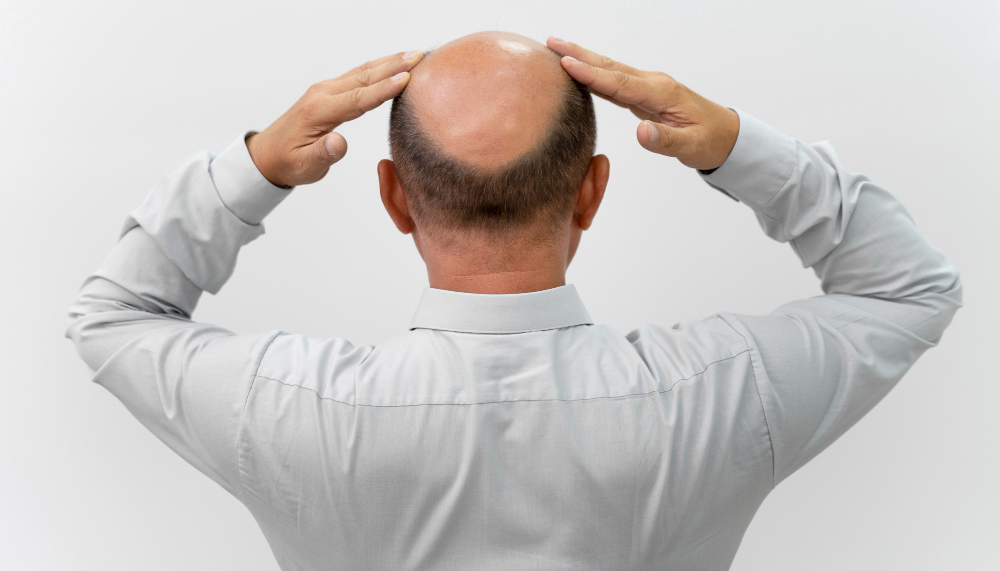
An autoimmune condition where the immune system attacks hair follicles, leading to patchy hair loss, usually on the scalp but sometimes on other body parts.
The most common form of hair loss, caused by genetics and hormones. In men, it typically leads to a receding hairline and thinning at the crown. In women, it causes overall thinning, especially at the top of the scalp.
A more advanced form of alopecia areata where all the hair on the scalp is lost.
The most severe form, where there is a complete loss of hair on the entire body, including eyebrows, eyelashes, and body hair.
Hair loss caused by repeated pulling or tension on the hair, often from tight hairstyles like braids or ponytails.
Temporary hair loss caused by a shock or stress to the body, such as childbirth, surgery, or illness, leading to more hair than usual entering the resting phase (telogen) and falling out.
A group of rare disorders where inflammation destroys hair follicles and replaces them with scar tissue, leading to permanent hair loss.
Rapid hair loss, often caused by chemotherapy or radiation therapy, where hair falls out during the growth phase (anagen) of the hair cycle.: An autoimmune condition where the immune system attacks hair follicles, leading to patchy hair loss, usually on the scalp but sometimes on other body parts.
In Ayurveda, alopecia (referred to as "Khalitya" or "Indralupta") is primarily seen as an imbalance in the body's doshas—Vata, Pitta, and Kapha—and improper digestion (agni), leading to poor nutrition and weakened hair follicles. Here are the general causes of alopecia according to Ayurveda:

Excess Pitta (the fire element) is believed to cause heat in the body, leading to inflammation and weakening of hair follicles. This results in hair thinning and loss. Diets high in spicy, oily, and acidic foods or excessive sun exposure can aggravate Pitta and contribute to hair loss.
An increase in Vata (the air element) can lead to dryness of the scalp, poor circulation, and brittle hair. Vata imbalance often results in premature hair fall, thinning, and breakage.
Weak digestive fire (agni) leads to the formation of toxins (ama) in the body, which block the channels that nourish the hair follicles, resulting in hair loss.
Mental stress and emotional imbalance are significant contributors to hair loss. Excessive worry, anxiety, or depression can aggravate Vata and Pitta doshas, leading to alopecia.
In Ayurveda, hormonal imbalances, particularly linked to reproductive health and the Shukra dhatu (reproductive tissue), can lead to hair loss. These imbalances often arise from poor lifestyle choices or improper diet.
Eating incompatible foods (Viruddha Ahara), irregular eating habits, consuming junk food, or indulging in excessive alcohol, smoking, or caffeine can disturb the body's balance, leading to hair loss.
Frequent use of chemical-based shampoos, dyes, and treatments can lead to dosha imbalances, weakening hair follicles and causing hair fall.
According to Ayurveda, changes in seasons can affect the doshas and lead to hair problems. For example, excessive Pitta aggravation during hot seasons can result in hair thinning and loss.
The most common sign, particularly in androgenetic alopecia (male or female pattern baldness).
In men, it often starts with a receding hairline or thinning at the crown.
In women, it usually results in thinning over the top of the scalp.
Small, round, or oval bald patches, often seen in alopecia areata. These patches may appear on the scalp, beard area, eyebrows, or other parts of the body.
Large amounts of hair may fall out suddenly, especially when combing or washing the hair.This is typical of telogen effluvium, often triggered by stress or illness.
In severe forms like alopecia totalis (total scalp hair loss) or alopecia universalis (loss of all body hair), there may be no hair left on the scalp or body.
Some types of alopecia (like alopecia universalis) cause the loss of body hair, including eyebrows, eyelashes, and hair on the arms, legs, and other areas.
In conditions like traction alopecia, hair may break easily or become thinner in areas where the hair is tightly pulled.
Hereditary factors play a significant role in causing androgenetic alopecia, also known as male or female pattern baldness. This is the most common form of hair loss and is influenced by genetic predisposition.
In Men: Hereditary hair loss often begins with a receding hairline and thinning at the crown, leading to baldness.
In Women: The pattern is usually different. Women may experience overall thinning of the hair, especially on the crown, without a receding hairline. Complete baldness is rare in women.
Ayurvedic treatment aims to restore balance in the doshas, strengthen the hair follicles, and promote hair regrowth. Here are common approaches:
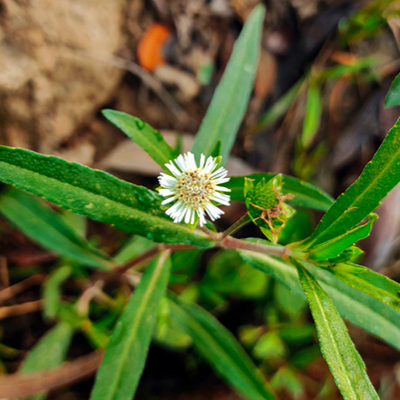
Known as the "king of herbs" for hair, bhringraj helps balance Pitta and promotes hair growth.

Amla is rich in vitamin C and antioxidants, helping to cool Pitta and strengthen hair.
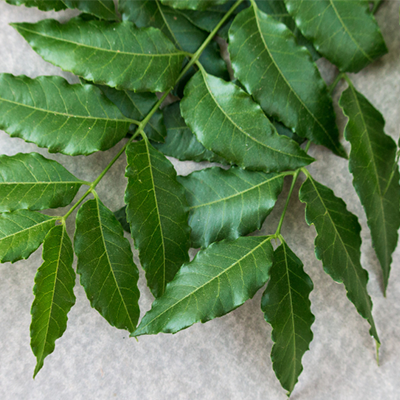
Neem purifies the blood and reduces excess Kapha, which helps prevent dandruff and hair fall.
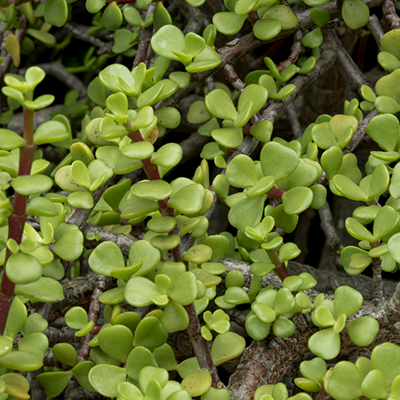
Brahmi helps calm the mind and reduce stress, benefiting hair health.
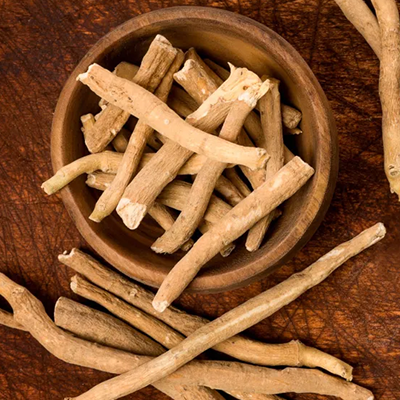
Helps in reducing stress and balances hormones, preventing stress-related hair loss.
Ayurvedic oils like Bhringraj oil, Amla oil, and Coconut oil are used for scalp massage (Shiro Abhyanga) to improve circulation, nourish hair follicles, and cool excess Pitta.
